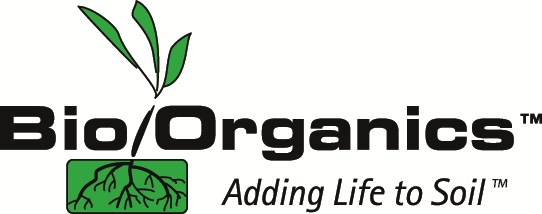General Instructions for Mycorrhizae Usage
GENERAL USAGE INSTRUCTIONS
The mycorrhizal fungi spores are brought out of their dormant state by a chemical signal given off from plant roots to form mycorrhizae.
● The fungi spores need to find their way to the root zone of the plant or tree.
● Any method that results in the spores being in the root zone of a plant or tree will work, and once the infectivity occurs, the beneficial fungus will spread to neighboring roots.
● This means that bio-growers need to think more about the words, "introducing" and "multiplying," rather than applying "plant food." Just as one small match can start a huge pile of brush on fire, a few microscopic mycorrhizal spores can end up colonizing and benefiting the entire root system of plants as large as redwoods.
Plant & Fungi Match-ups
● Nearly all plants on Earth use the fungi for uptaking nutrients. Some exceptions are the members of the Brassicaceae (cabbage, mustard) family, which do not seem to have evolved a relationship with the fungi. Also, members of the Ericaceae family (blueberries, rhododendrons, azaleas) and Orchidaceae (orchids) use their own specific types of mycorrhizal fungi - not in our inoculants. See a more detailed list here.
● Some 90 percent of plants, including nearly all tropical-origin types, use the Endo form of mycorrhizae. Coniferous members of the Pinaceae (pines) and hardwoods in the Fagaceae (oak, beech, chestnut) and Betulaceae (alder, birch, filbert) families use the Ecto form.
Annual and Permanent Plantings
● For annual plants, it is recommended that spores be applied to the soil or to transplant roots at the beginning of each planting season. This will ensure that the best types of fungi are available to quickly benefit seasonal plants. In mild and tropical climates, the fungi may be kept active year-round by strategic use of cover crops and no re-inoculations will be necessary.
● Only one inoculation of mycorrhizal fungi is needed for permanent plantings such as trees. The best opportunity to introduce the top types of mycorrhizal fungi to grapes, berries, citrus, fruit trees, and ornamentals is at planting time.
Shelf Life
Our mycorrhizal inoculants have a guaranteed shelf life of two years from purchase date, if kept at room temperature or lower. The ideal storage is refrigeration, although that is not necessary.
